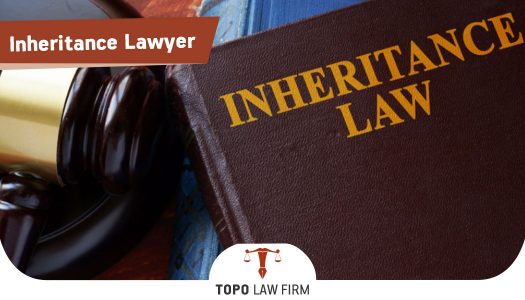Topo Law Firm Istanbul Turkey
Topo Law Firm, one of the leading law firms in Istanbul, Turkey, was established in 2015 by Serdar Han Topo, a lawyer registered to the Istanbul Bar Association. Topo Law Firm Istanbul, Turkey continues to provide legal consultancy to its domestic and foreign clients in different branch of law with its expert, experienced, innovative and dynamic lawyers. The expert Istanbul english speaking lawyers of our team regularly follow the world agenda, technological developments, legal regulations, national and international legislation and offer the most up-to-date solutions to our national and international clients.
As an International Law Firm Turkey we Topo Law Firm Turkey, with our lawyers’ innovative perspective and deep legal knowledge, provide legal assistance to our clients in the fastest and most effective way in any legal disputes. Topo Law Firm’s clients consist of individuals all over the world and companies serving in different sectors. We provide legal consultancy to our clients in Family & Divorce Law, Information Technology Law, Criminal Law, Real Estate Law, Intellectual Property & Patent Law, Labour Law, Corporate & Commercial Law and Immigration Law.
Several ways of apply for Turkish citizenship, acquisition of Turkish citizenship by investment, Turkey company formation, buying investment property in Turkey, family residence permit Turkey and work permit, recognition and enforcement procedure of foreign court decisions, marriage and divorce process of foreign persons, custody cases, etc. In addition to the subjects foreign clients researches, we continue to work for you to reach the right result in the fastest and most effective way in all disputes.
How we work?
1. Fill the form
Ask your question and get legal advice
directly from our experienced attorneys.
2. Let's examine your informations
Get a thorough review of your informations by related attorney.
3. Contact with us
After we review your case, we'll get back to you by phone or e-mail.
100% confidential and affordable.
DO YOU NEED LAW FIRM IN ISTANBUL TURKEY?
How to ask your questions to Topo Law Firm Istanbul Turkey?
Topo Law Firm Istanbul Turkey offer you several ways to get information from our expert lawyers about disputes in the fields of Family & Divorce Law, Information Technology Law, Criminal Law, Real Estate Law, Intellectual Property & Patent Law, Labour Law, Corporate & Commercial Law and Immigration Law.
For your questions about disputes arising in any areas of law, you can contact us by filling out the case evaluation form created free of charge by our team. The case evaluation form you have filled in will be evaluated by the expert lawyers of our team within 24 hours. After the evaluation, you will be contacted by our team. Please check your e-mail address and spam box regularly for the opinions of our expert lawyers about your legal problem.
Apart from that, you can contact the expert lawyers of Topo Law Firm Istanbul Turkey by e-mail and telephone by click here.










